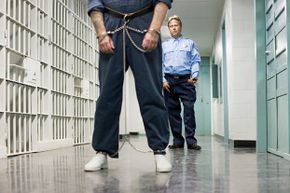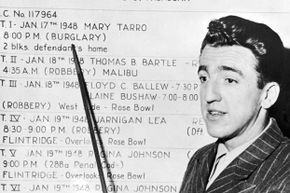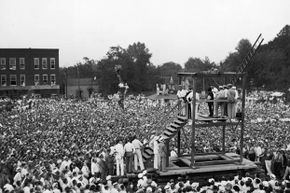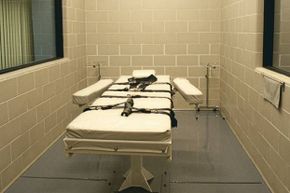On TV crime dramas, when a defendant is sentenced to death, deputies usually take him by the arm and escort him out of the courtroom with a shell-shocked look on his face. All that's left is a final wisecrack by a prosecutor or detective while having a celebratory scotch, and then the credits roll. We don't need to see the bad guy in an execution chamber on a gurney, with a needle in his arm. We assume that's going to happen.
In real life, though, the story doesn't end so neatly. In fact, it's likely to drag on for years, even decades, as the condemned prisoner and his lawyers contest his conviction in court. Virtually all condemned U.S. inmates receive at least one stay of execution, in which a judge issues a temporary order that blocks prison authorities from carrying out the execution, usually until some legal issue is resolved [source: Finkelman].
Advertisement
Justices on the U.S. Supreme Court, for example, generally issue a stay of execution when they agree to review a decision by a lower court. They also can issue a stay to one condemned prisoner when another's pending case deals with a legal issue that may affect the first prisoner's fate [source: Finkelman].
Stays of execution can add drama to a real-life case, because sometimes they are issued just days, hours or even minutes before a prisoner is to be executed. And in at least one instance, a wrong number made the stay come too late.
What happened? See the next page.










